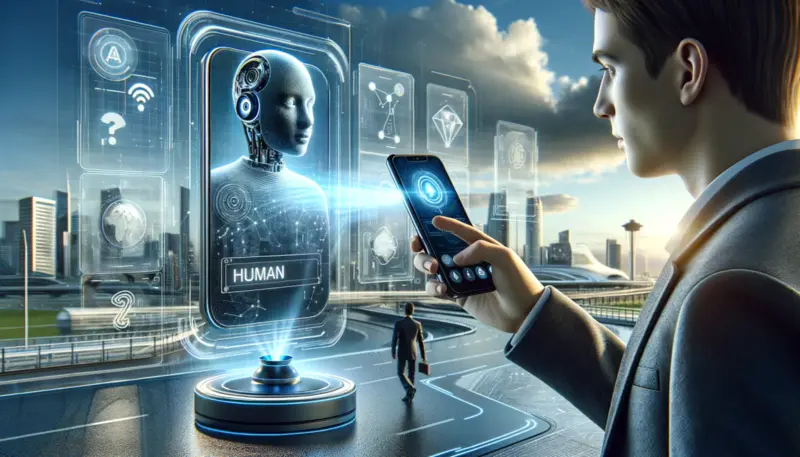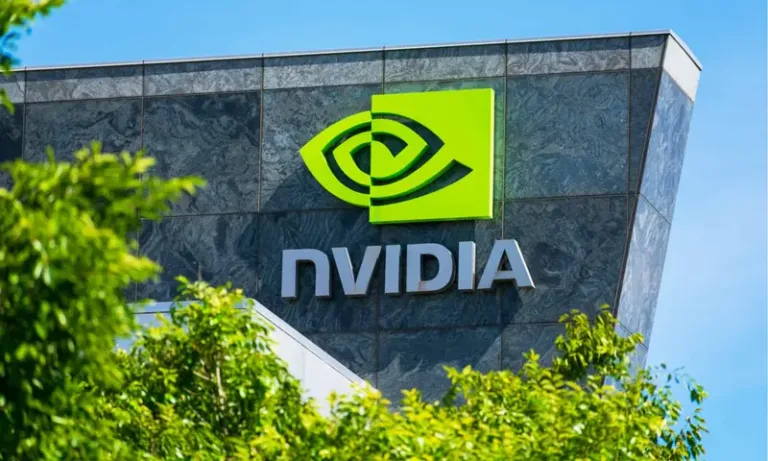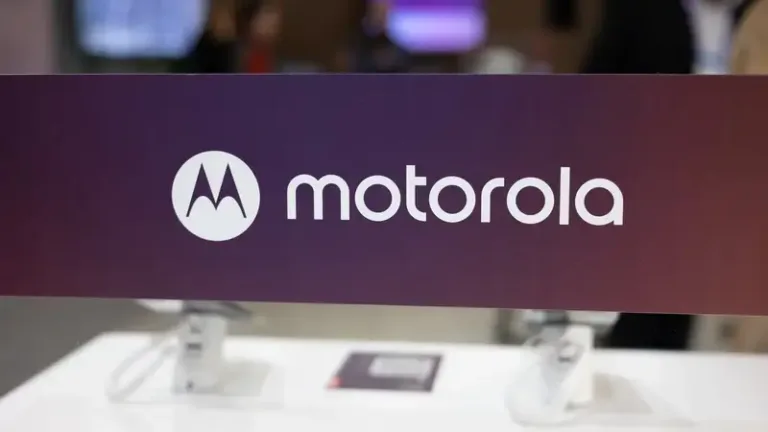Quick Overview
The Development of Mobile Technology: What Will Happen to Touch Screens Next?
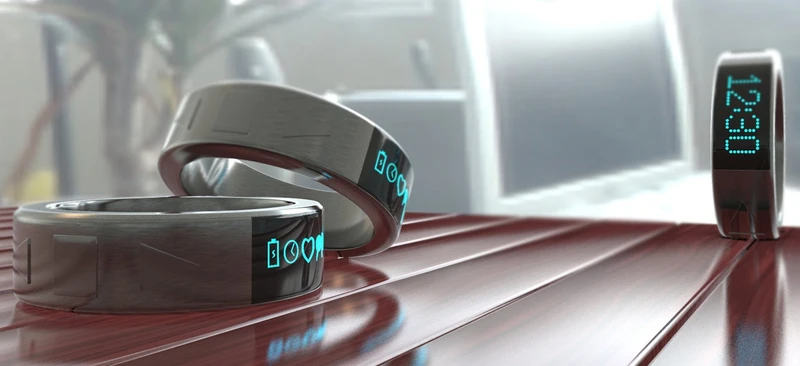
Mobile technology have brought a revolution to the way we live, communicate, and interact with the world. popularity,Indeed, from very elementary intuitiveness,days, starting from a telephone-sized brick to the smooth touch-screen devices of nowadays, the transition has been nothing close to astonishing. But as 2024 comes knocking the question on everyone’s mind remains, “What comes after the touch screen? This blog examines the exciting new developments in mobile technology that will transform how we interact with devices and, most significantly, do away with touch entirely.
Beyond Time and Space: A Peep Into the Future
While the touch screen has reached its peak regarding functionality and popularity the industry is already looking ahead to what could be next. The future of mobile technology lies in increasing immersion, intuitiveness and the integration of this future technology into normal daily life. Here are some of the most important technologies to surpass or integrate with touchscreens in the near future by mobile technology:
Voice and Gesture Control: A Novel Approach to Communication
The advancements in voice recognition have become so great that once-futuristic concepts such as virtual assistants like Siri, Alexa, and Google Assistant are now commonplace terms in our everyday lives. However, by 2024 voice will no longer just be an expectation. It is the new natural human-computer interface.
Enhancing Speech Recognition
The current voice recognition technology often faces issues with accents, background noise, or the understanding of the context at times. Voice recognition systems of the next generation will understand natural language but be able to even differentiate between different speakers and sometimes even interpret emotions based on voice modulation. This would make the voice control not just a convenience but a powerful primary interface for a mobile device by mobile technology.
Controls with gestures
Gesture Control: Other than voice, gesture control is another aspect bound to make major waves. With the current high-tech sensors and cameras, mobiles would be capable of recognizing and responding to hand movements, facial expressions, and even eye movements. Users will not need to physically touch the screen in order to interact with their devices in a more intuitive and natural way thanks to this.
For instance, a simple hand wave could answer a call, and a simple head nod could navigate the webpage. This interaction, while still in its infancy, is set to rise fast and make our interaction with mobile technology much like having a conversation rather than giving a command.
Augmented and Virtual Reality: Indistinguishing Between the Real and Virtual Worlds
AR and VR are seeming to be a rising tech buzzword thrown about for a couple of years now, but 2024 is surely going to be the year they finally lift off in mobile technology. Both these technologies hold immense potential to revolutionize and change how we might interact with our devices, delivering not-before experiences from the limitation of a touch screen by mobile technology.
AR – Enhancing Reality
But while VR puts the user inside a totally virtual world, AR overlays the digital on top of our view of reality. In 2024, AR will be much more smoothly integrated into daily life thanks to mobile technology. Imagine yourself perusing your phone while strolling down the street, gazing at directions and restaurant reviews, or even digital artwork superimposed on the actual surroundings.
This will also involve the evolution of AR glasses and headsets. Such companies as Apple, Google and Microsoft are investing heavily in AR to make AR glasses as ubiquitous as smartphones. Users should be able to enhance their actual surroundings with digital content using their hands so that they won’t have to reach out and touch a screen with mobile technology.
VR – Immersive Digital Experiences
Cheaper,While AR enhances the real world, VR creates new digital ones. By 2024, mobile VR will be even more immersive, portable, and user-friendly. In 2024, VR headsets would be lighter and cheaper with more devices integrating them with smartphones to make it easier for people to jump into a virtual world in an instant.
Virtual reality (VR) will surely provide experiences far beyond those of touch screens, whether it is used for gaming, education, or remote meetings. In advance mobile VR technology, one can certainly consider it for much larger purposes than fun—that is, in healthcare, architecture, and even remote work.
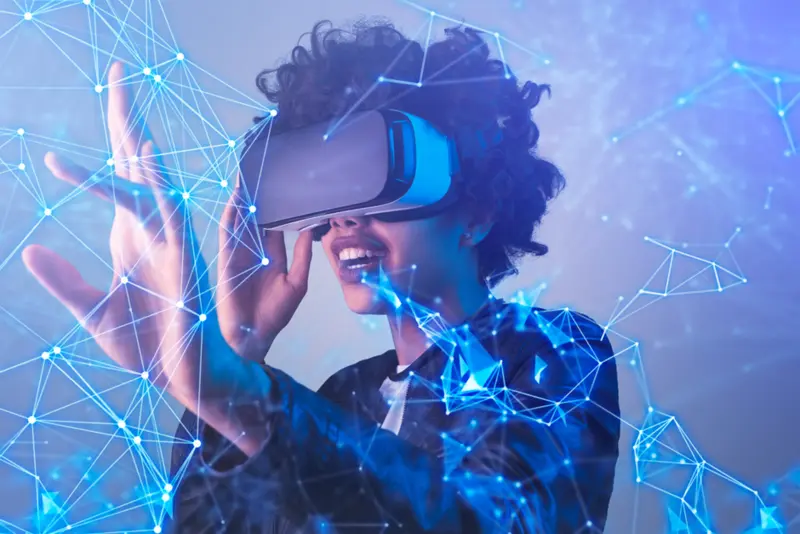
Techmobuzz
Sensational Technology and Haptic Feedback: Sensing the Digital World
One of the issues of the current touch screen mobile technology is the lack of tactile feedback. While we can see and hear what’s happening on our screens, touch didn’t get to be part of the system. This is all set to change now with the introduction of advanced haptic feedback and sensory technologies.
Feeling Reactions: Exceeding Vibration
Although it has primarily consisted of vibrations up until now, haptic feedback is not new. Well, in 2024 it is just within reach again, where it should allow feeling textures, shapes and temperature through devices.
For example, if one were to type using a virtual keyboard, haptic feedback would simulate the sensation of pressing a physical key. While browsing through an online store, a user can feel the texture of the fabric in apparel before making the purchase. With that type of sensory experience, user interaction with mobile devices is likely to be engaging and realistic, bridging the gap between the virtual and real worlds.
Sensory Technology – A Multi-Sensory Experience
Besides touch, in the future, other senses such as smell and taste could also be further included in mobile devices. Although this may sound quite far-fetched, researchers are already working on the stimulation of senses through technology. Can you imagine receiving a notification that, aside from text and sound, would also provide you with an odor related to the message?.
These are the sensory technologies that could really revolutionize mobile communications: make them far more immersive and emotional. Still in their embryonic phase of development, multi-sensory mobile devices have a lot of potential to offer.
Brain-Computer Interfaces: Talking Straight to Your Technology
Of all the upcoming mobile technology, perhaps the most far-out is the Brain-Computer Interface, or BCI. BCIs bypass traditional methods of input-maybe through a touch screen or keyboard-and allow the brain to communicate directly with a computer.
Science Behind BCIs
BCIs work to detect electrical activity within the brain and then translate signals into commands that can afford understanding by a computer. The aforesaid mobile technology has had a long history, working well within the laboratory restrictions to assist people with disabilities to control prosthetic limbs and communicate through thought only. Facilitated by technological developments, its applications within normal usage are bound to occur and may even revolutionize how we interact with our mobile devices.
BCIs in Mobile Technologies
Within five years, BCIs could be offering stiff competition to touch screens with regard to how devices are controlled by pure intent. Imagine the invention of a text, surfing the web, or even playing a game, all without having to lift a finger. Far-fetched though this may sound, companies like Neuralink are making great strides in this area.
BCIs could also make it a way to new possibilities for personalization and customization because the interface, directly connected with the brain, could adapt the interface to the individual’s preferences, learn how a person thinks, and render the user experience in a tailored manner by mobile technology.
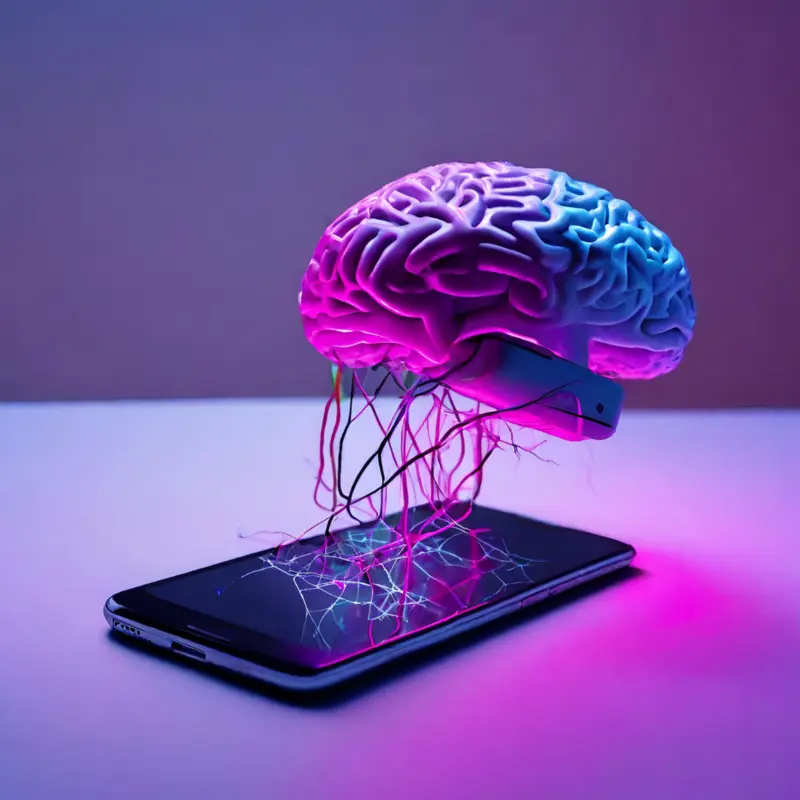
Techmobuzz
Flexible and Foldable Displays – Redefining the Screen
The flexible and foldable displays, while it not deviating highly from the touch screen, represent impressive leaps in screen mobile technology. They are built out of materials that are pliant, capable of bending and folding, even rolling, and provide new potentials for both form and function within mobile devices.
Rise of the Foldable Phone
The latest form factor to hit the market is foldable phones, with Samsung and Huawei leading. It’s like current trends in tech going into 2024: foldable devices are to become refined, affordable, and available. They provide the merged convenience of a smartphone and the expanded screen real estate of a tablet-yet still fitting into the pocket by mobile technology.
Beyond Foldable – Flexible and Rollable Displays
The next step of display technology beyond foldables will be fully flexible and rollable screens. One can unroll these displays to get a large surface for viewing videos, doing document work, or any other application and roll them back into a small form when not in use to make it portable. Unserious technology will possibly materialize entirely new form factors for mobile devices, blurring lines between phone, tablet, and wearable.
It can also be worn on clothes or as an accessory and may provide functional and fashionable wearable technology. One could say, this may lead to a new era of personalized, on-the-go computing that continually adapts to the needs and preferences of the user.
Artificial Intelligence and Machine Learning – Smarter, More Intuitive Devices
Artificial Intelligence and Machine Learning have already gained much momentum in affecting mobile technologies, from personalized recommendations down to voice assistants. However, by 2024, a serious incidence of AI and ML will be witnessed in the mobile dimension to bring about more sagacious, intuitive, and responsive gadgets to suit the user’s needs.
AI-Powered Personal Assistants
Whereas the modern AI assistant, such as Siri or Alexa, is already very smart, the next generation will be way beyond. It will not respond to user commands but preempt needs by suggesting and acting on patterns of behavior and context.
For example, an AI assistant could be learning one’s daily routine to automatically tweak device settings to suggest apps or even content recommendations, in addition to initiating other suggested tasks like sending a message or setting up a reminder that hasn’t been initiated in the first place.
Machine Learning for Personalization
Machine learning will also assist in personalization and enable devices to align with personal preferences and habits. This could range from user-interface customization to figuring out the apps or features you most probably will need at any time.
With the evolution of ML algorithms, mobile devices become more proactive and deliver a personal experience much beyond touching the screen.
Quantum Computing: The Next Technology in Mobile Processing Power
This is a domain that is so futuristic and which will be able to revolutionize mobile technology completely. It will even be seen in mobile technology in the near future. Although still in its inception stages, it is believed that it will result in mobile devices that can be made millions of times more powerful than today’s smartphones.

A Leap in Computing Power
Traditional computers process information with a bit representing either a 0 or a 1. Whereas quantum computers represent information with qubits, which can represent both 0 and 1 at the same time. This grants quantum computers the ability to perform complex calculations at stupendous speed.
Quantum computing in mobile technology could provide a way of manipulating devices in ways that are currently fanciful, even for the most powerful smartphones. This technology could enable everything from real-time language translation to advanced AI processing in your pocket.
Challenges and Opportunities
However, the potential of quantum computing is huge, and with the critical issues now resolved, namely the hardware requirements and maintaining quantum coherence, the market for quantum-powered mobile devices could really heat up within the next 10 years.
It is also adding new breakthroughs and encryption and keeping mobile devices more secure than ever before. With technology maturing, it has the potential to change the playing field regarding device capabilities in mobile computing.
5G and Beyond – Next-Gen Mobile Connectivity
The deployment of 5G networks in recent years represents a major milestone in mobile technology. It applies higher speeds, ultra-low latency, and ultra-reliable links. Now, in 2024, the question being asked is: what is the next revolution of mobile connectivity.
Potential of 5G
Already, 5G is transforming the mobile experience by enabling applications and services that were previously impossible to even imagine at scale with any generation of wireless technology. This list could continue from high-definition streaming to cloud gaming, real-time collaboration, remote surgery, and more.
In 2024, 5G will just more ubiquitous, available both in devices and network-wise. This will allow even faster speeds and more reliable connections, making it better to connect for users looking to be on the go.
6G – Future of Mobile Connectivity
While 5G is still being rolled out, researchers are already looking beyond to the next generation of wireless technology: the 6th generation. It is imagined to be deployed starting in the late 2020s and promises faster speeds and quicker latency than 5G, possibly as much as 100 times faster, according to some speculative estimates.
6G would all be effective in fostering new applications and use cases that would be unimaginable today, like fully immersive VR experiences, real-time holographic communication, along with advanced AI processing at the edge of the network. In the development of 6G technology, it will pave the way for new mobile experiences beyond the touchscreens.
Biometric Security: Beyond Fingerprints and Face Recognition
Security is a key area of concern with mobile technology continually growing. The more powerful and stronger these devices get, it will demand more sophisticated security. In 2024, we should see more developments in the area of biometric security developed, surpassing methods such as fingerprint and face recognition.
Multi-Modal Biometrics
Multi-modal biometrics refers to the use of multiple biometric data points, such as fingerprints, facial features, voice patterns and brain vein distribution, even including a person’s behavioral traits, in connection points of all the aforementioned data, for a highly secure and reliable authentication process. This way, it reduces the risk of spoofs or hacks in the process, since it is harder to duplicate different biometric markers all at once.
For example, the device may integrate fingerprint recognition, along with a voice authentication system and behavioral analysis with typing patterns for the purpose of unlocking; therefore, it would be much more secure than a solitary biometric.
Biometric wearables
Further, wearable technology such as smartwatches and fitness trackers, for instance, can also find good use in biometric security, as these devices continuously monitor aspects of one’s biometrics: heart rate, skin temperature, and movement patterns. Real-time authentication of such features can be done to ensure that the actual owner of such a device is making use of it.
In the future, we envision a supporting infrastructure where biometrics interact between wearable and embedded devices, providing users a seamless and highly secure mobile experience. Devices for tomorrow, ranging from smart rings to smart glasses, will use embedded or even biometric tattoos for continuous authentication.
Sustainability and Eco-Friendly Technology: The Green Mobile Revolution ***
With increasing concern for climate change and environmental impact, the tech industry is directing towards sustainability. In 2024, we will expect a push to go greener in mobile technologies, which means reducing waste, preserving resources, and cutting carbon footprints associated with mobile devices.
Sustainable Materials
One of the growing trends for sustainable mobile technology is the use of materials that are eco-friendly, providing degradable and recyclable components for mobile devices, including casings, screens, and batteries.
For example, some companies are experimenting with plant-based plastics, recycled metals, and even materials such as organic mushroom leather in the production of sustainable mobile devices. These materials are friendly to the earth and provide a new opportunity for the design and innovation functions of the device.
Energy Efficiency and Renewable Power
Another crucial aspect with regard to sustainable mobile technology is energy efficiency. For example, in 2024, we could see even more energy-efficient processors, displays, and batteries to conserve power and enhance the lifespan of a mobile device.
Solar and kinetic power, forms of renewable energy, will also have their place in the green mobile revolution: either devices are fitted with miniature solar panels or have built-in energy-harvesting technology, which enables recharging by natural light or even by the user’s own movement, reducing the need to recharge in any other way.
Future is Bright and Touch-Free
It should be quite evident that, beyond 2024, the development of the mobile technology domain is about much more than making devices faster or more powerful. It is really about reinventing the rulebook for our dealings with these devices: voice, gesture control, AR, VR, brain-computer interfaces—technologies that come in its place or combine with the touch screen are set to change this in ways that would have been unimaginable.
The enhancements will turn mobile technology into something that is ever more intuitive, immersive, and embedded in our lives and communities: blurring the line between the digital and physical worlds. While the touch screen was a good development, the next iteration for mobile technology is set to take us even further in what it may mean for communication, creativity, and human connections.
One thing we can be sure of—these are all emerging technologies, and if the mobile future is going to be touch-free, it’s bright. If it is about voice commands, gestures, augmented reality, or even going so far as messages that are controlled by the mind directly at the brain level, the future will bring ways to redefine the very concept of a mobile device in the way we will handle them. And we are at the threshold of yet another chapter in the evolution of mobile technology. Buckle up, as it’s going to be an exciting ride.
For more blogs on the latest mobile technology, visit TECHMOBUZZ or check us on Facebook.

